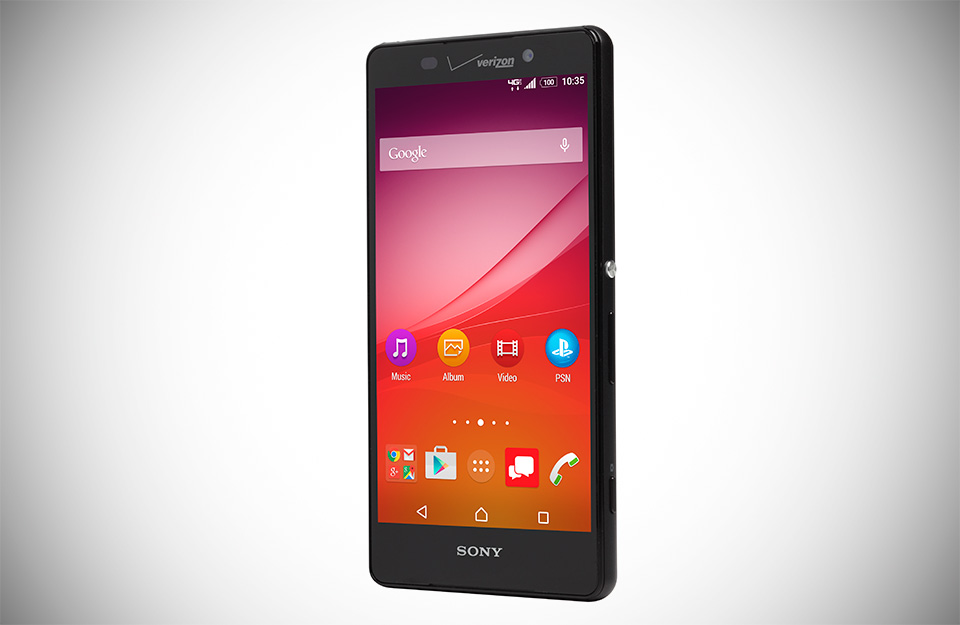
Like clockwork, Motorola and Verizon have refreshed their joint Droid lineup, and we're here to check out all three devices. The two more premium handsets, the Droid Ultra and Droid Maxx, are the most promising of the bunch for advanced users, replacing last year's Droid RAZR HD and RAZR Maxx HD and offering the requisite 4G LTE connectivity. Both of those smartphones were at the top of their game in 2012, and that trend appears to continue here -- the Ultra and Maxx are very similar, with the latter boosting the battery capacity, enabling power users to make it through a full day.
Like its predecessors, the Ultra and Droid Maxx (pictured above) sport Kevlar bodies, both of which look sleek and feel sturdy. The Ultra we saw has a glossy red finish, which Motorola helpfully suggested is "a lot like a sports car." The Maxx, on the other hand, has a soft-touch black finish. At any rate, we prefer the Maxx's look; as we've said about Samsung's Galaxy lineup, a glossy, plasticky finish tends to look cheaper. Both phones feature a 10-megapixel camera with a f/2.4 lens; we'll have to wait for our review units to test the shooter's mettle.
What the Ultra's design does have going for it, though, is an extra-thin profile. At 7.18mm, it's already being touted as the "thinnest 4G LTE smartphone available." At 4.94 ounces, it feels very light, and though it sports the Droid family's usual boxy form factor, the edges are gently curved to make for a nice fit in the hand. It packs a 5-inch, 720p Super AMOLED display, which, while not quite as pixel-dense as the Mini's 4.3-inch TFT panel, offers crisp images, vibrant colors and wider-than-average viewing angles. The Ultra is priced at $199, 100 bucks higher than the Mini and 100 lower than the Maxx.
Filed under: Cellphones, Mobile, Google, Verizon
Comments
 On paper, Motorola's Droid Turbo 2 looks like an upgraded version of the Moto X Pure Edition, which was already one of our favorite Android phones. In particular, the Turbo 2 brings more powerful components, a big battery and a shatterproof screen. I...
On paper, Motorola's Droid Turbo 2 looks like an upgraded version of the Moto X Pure Edition, which was already one of our favorite Android phones. In particular, the Turbo 2 brings more powerful components, a big battery and a shatterproof screen. I...
 On paper, Motorola's Droid Turbo 2 looks like an upgraded version of the Moto X Pure Edition, which was already one of our favorite Android phones. In particular, the Turbo 2 brings more powerful components, a big battery and a shatterproof screen. I...
On paper, Motorola's Droid Turbo 2 looks like an upgraded version of the Moto X Pure Edition, which was already one of our favorite Android phones. In particular, the Turbo 2 brings more powerful components, a big battery and a shatterproof screen. I...
 Sony makes a mean smartphone, but it could never quite crack the macadamia nut that is the US mobile market. For while there it seemed like it had another fighting chance in the Verizon-only Z4v, too. Not anymore. After much hemming and hawing abou...
Sony makes a mean smartphone, but it could never quite crack the macadamia nut that is the US mobile market. For while there it seemed like it had another fighting chance in the Verizon-only Z4v, too. Not anymore. After much hemming and hawing abou...

















